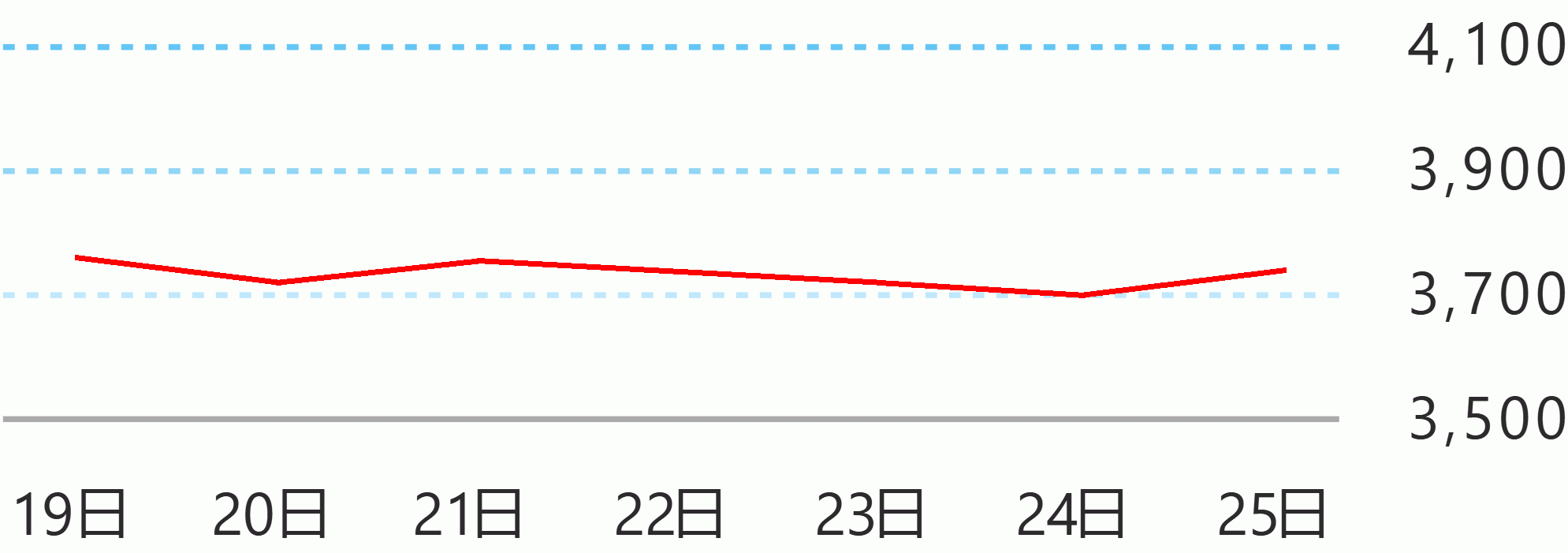No Chinese vessels were monitored during the recent Philippine and United States maritime exercise conducted in the West Philippine Sea a day after the 2+2 meeting in Quezon City.
"There were no monitored ships of the (People Liberation Army - Navy) PLA-N, (China Coast Guard) CCG and the (maritime militia vessels) MMA in the vicinity. MCAs will become a regular activity of the Philippine Navy and other like-minded navies as we continue to develop our own capabilities," Philippine Navy spokesman for the West Philippine Sea Rear Admiral Roy Vincent Trinidad said Thursday.
However, Trinidad refused to say why there were no presence of Chinese vessels sighted in the exercise area considering that participating vessels of the previous MCA activities were even shadowed by Chinese ships.
Col. Xerxes Trinidad, Armed Forces of the Philippines (AFP) public affairs office chief also confirmed that there's "no Chinese vessel was detected in the exercise area, both by visual and radar monitoring" during the MCA which was held in the Philippine exclusive economic zone within the waters off Palawan.
Trinidad said the one day maritime cooperative activity (MCA) participated by USS Mobile (LCS26) and BRP Ramon Alcaraz (PS16) was concluded at 6 pm on Wednesday.
It "focused on enhancing communication and operational coordination between the two navies" he said, noting that the key activities were "communication checks, division tactics, and cross-deck exercises."
"The exercise included a series of events designed to enhance communication and operational coordination between the two navies. These events comprised a communications check exercise, division tactics, officer of the watch maneuver exercise, photographic exercise, and cross deck exercise," he added.
General Romeo Brawner Jr., chief of staff of the AFP emphasized that "these joint exercises with our ally are crucial in enhancing our naval capabilities and ensuring that we can effectively collaborate to safeguard our maritime interests."
"The partnership between the Philippine Navy and the United States Navy continues to be a pillar of regional stability," he said.
Trinidad said "by conducting these exercises, both navies aim to improve their readiness and ability to operate together in ensuring maritime security and stability in the region" as the "primary objective of this activity is to strengthen the interoperability and cooperative capabilities of the Philippine Navy and the United States Navy".
"The successful execution of these maritime exercises underscores the strong defense ties between the Philippines and the United States and their shared commitment to upholding freedom of navigation and a rules-based order in the Indo-Pacific region," he said. Robina Asido/DMS





 English
English









